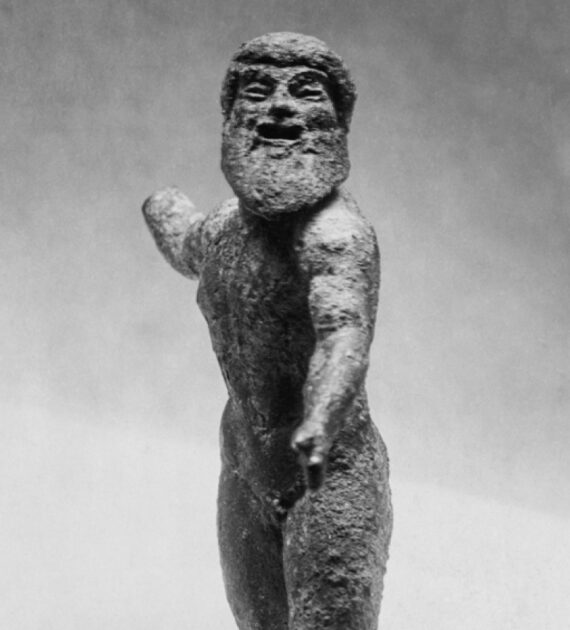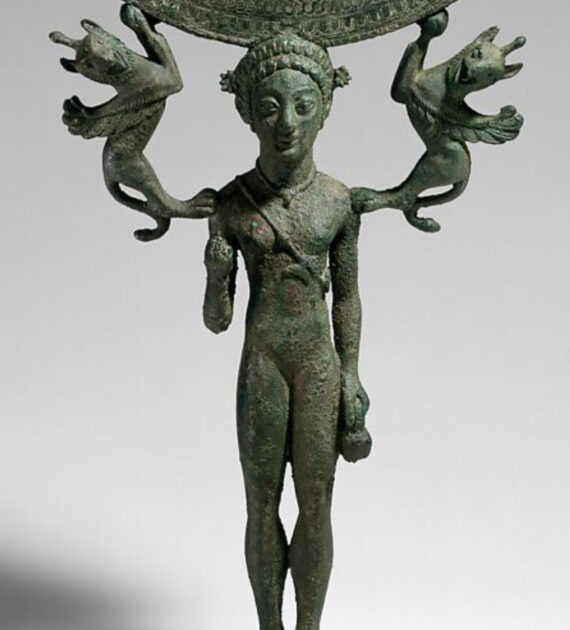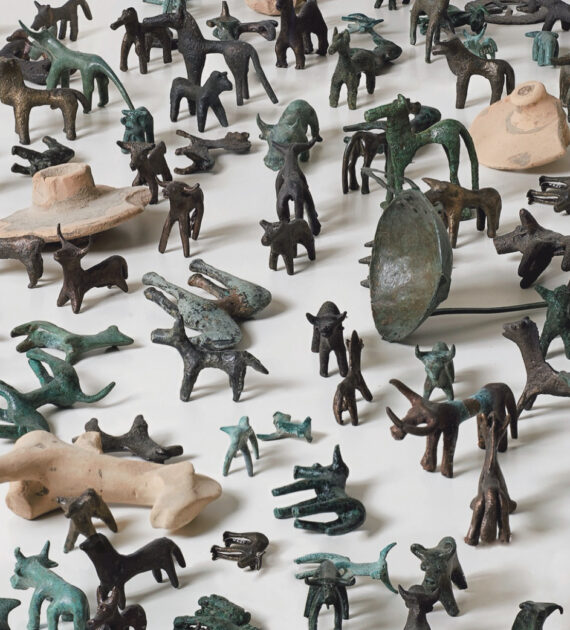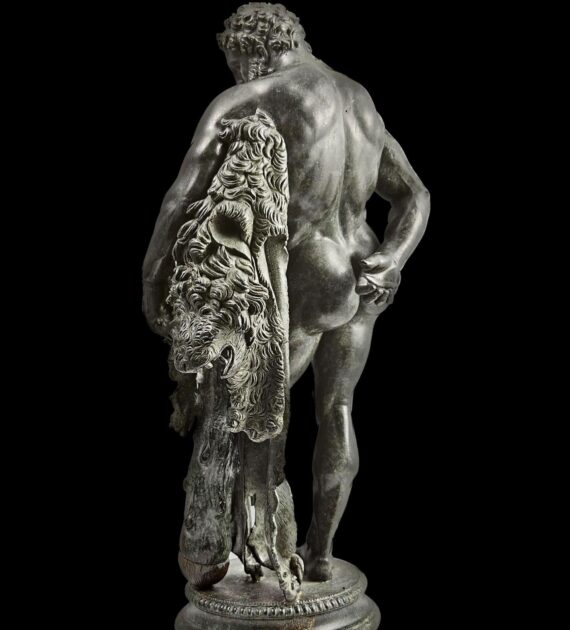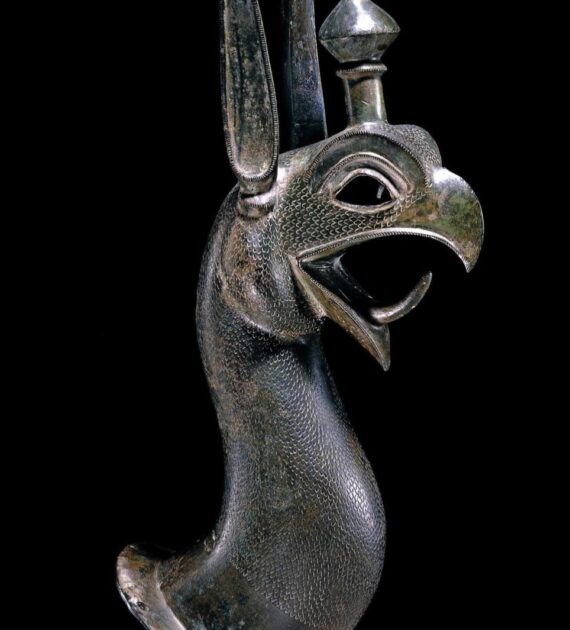A moving, mysterious Hellenistic bronze
Small but astonishingly well crafted (note the silver eyes), emaciated yet powerfully expressive, this bronze statuette (H. 11.5 cm) remains quite a puzzle. This is no Alexandrine beggar. His neat cap of hair, thick mantle, relatively ornate stool (the sitting surface is latticed….hard to see here) indicate a young man of some social standing. Far


